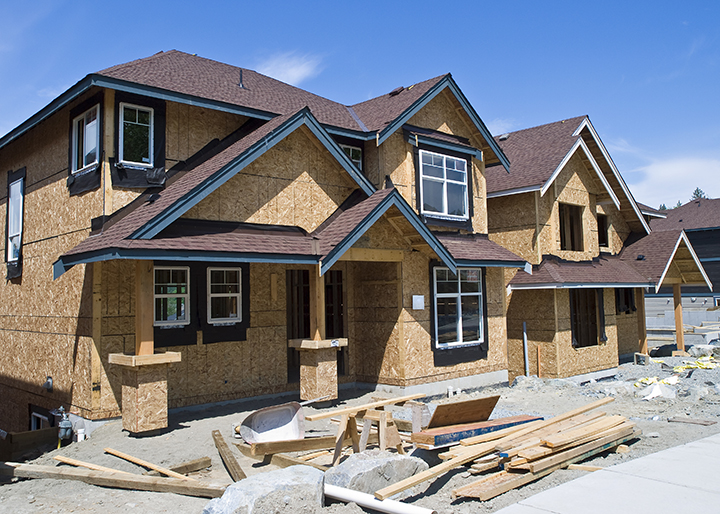“We Love Ads & 3 Beds, 2 Baths”
Q&A With Motivated Leads Co-Founder Bryan Driscoll By Carole VanSickle Ellis I got into investing first, failed at that first, then got into marketing, then got back into real estate,” states Bryan Driscoll with characteristic forthrightness when asked about his early days as a real estate investor. Back in 1998 when Driscoll first entered the investing world courtesy of the classic Ron LeGrand course that brought so many investors into
Read More












